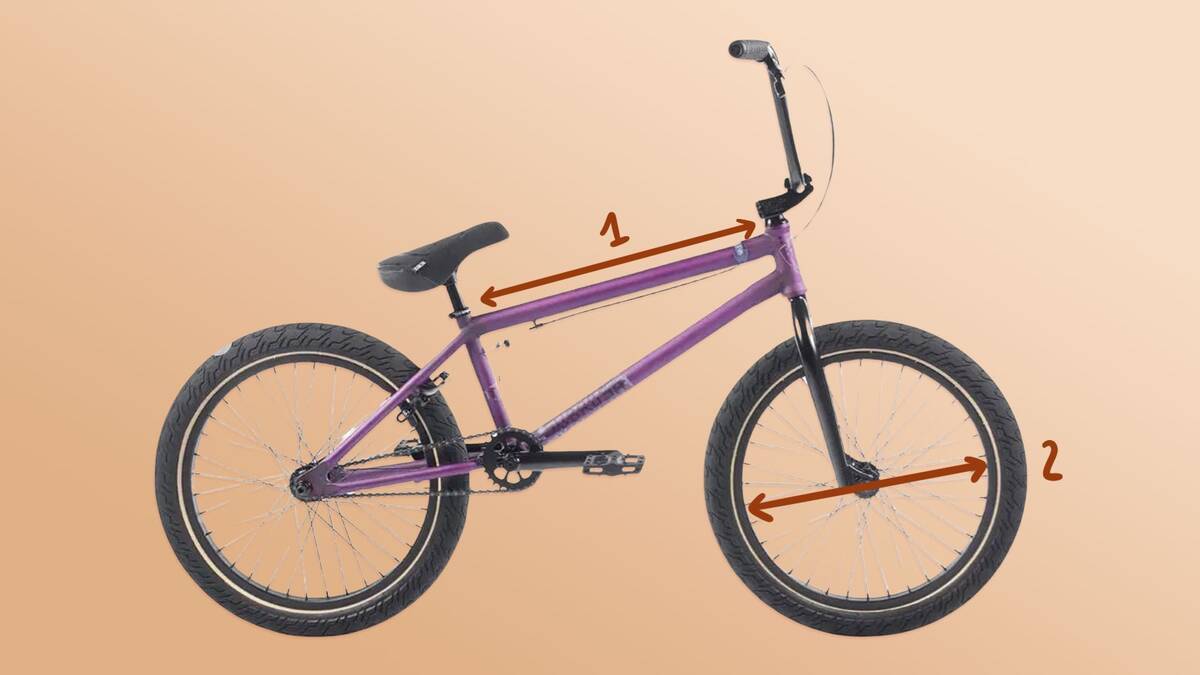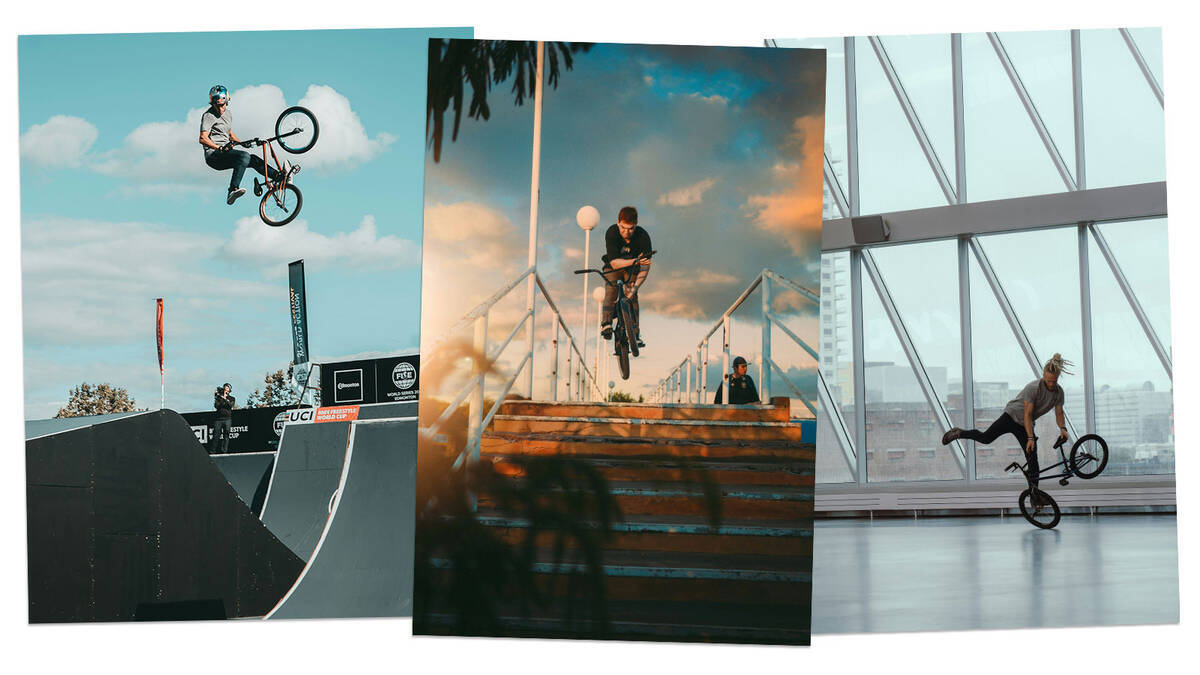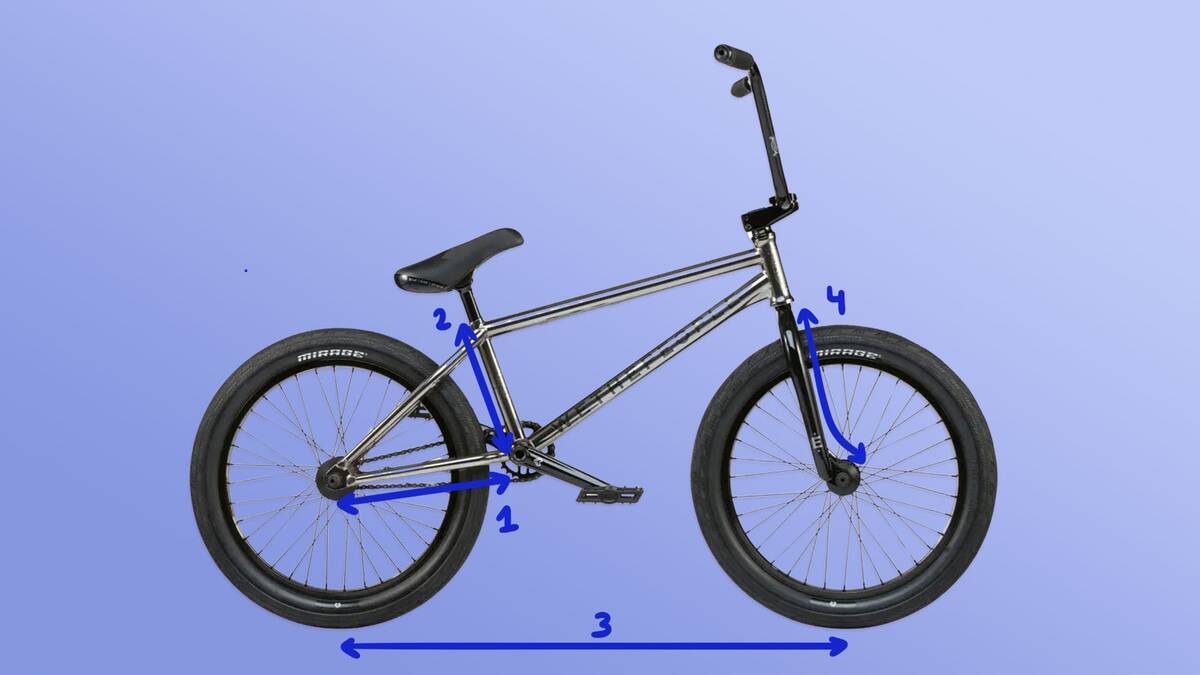Buying Complete BMX Bikes: A Guide
Selecting a complete BMX bike demands thoughtful consideration of various factors to ensure it aligns with the rider's needs and preferences. Below is our detailed guide to purchasing complete freestyle BMX bikes.
Locating a suitable complete BMX bike can be straightforward if you examine the item specifications and consult the size charts available for each bike in our collection. The following sections provide more detailed information to assist in your decision-making process.
Overview
Are Complete BMX Bikes a Good Investment?

For beginners, opting for a complete bike over assembling one from individual parts is advisable. You gain more value from a reliable complete bike, plus there's always the option to upgrade parts later when needed.
If you are an experienced rider with particular tastes, we suggest exploring some of the premium complete BMX bikes we offer. These can provide excellent value for money if you find a bike with features that match your needs.
To conclude: Complete BMX bikes are certainly worthwhile investments if you invest time in finding one that fits your criteria.
Our inventory includes a range of top-quality complete freestyle BMX bikes. Options range from budget-friendly beginner models to professional-level bikes comprised of superior aftermarket parts. Explore our range:
BMX Bike Dimensions – Which Size is Right for You?

1. Top tube length 2. Wheel diameter
Finding the correct BMX size involves achieving an ideal fit for your height, riding style, and preferences.
The standard wheel size for all freestyle BMX styles is typically 20 inches, even for adult bikes. Nevertheless, bikes with 22 and 24-inch wheels are also available for freestyle riding.
With smaller wheels, freestyle BMX bikes become quicker to maneuver and perform tricks. Kids or smaller riders interested in trick-based freestyle riding might need smaller wheel sizes. BMX sizes for children vary from 12 to 18 inches based on their height and age.
If you are particularly tall or seek a bike for cruising with occasional tricks, a freestyle BMX with 22 or 24-inch wheels might suit you better. However, due to their larger wheels, these bikes might not provide the precision or enjoyment needed for technical tricks in parks or urban environments.
The top tube length is another vital element of BMX dimensions, typically falling between 19.5 and 21 inches for freestyle BMX bikes. Taller individuals may find a longer top tube more comfortable.
Refer to the BMX size chart below for general guidance on selecting the appropriate BMX size:
| Rider Age | Rider Height (cm & inches) | Wheel Size (inches) | Top Tube Length (inches) |
| 3-5 years |
95 - 112 cm / 37 - 44" |
12” | 12” |
| 5-7 years |
112 - 126 cm / 44 - 49" |
14” |
13” |
| 7-9 years |
126 - 138 cm / 49 - 54" |
16” | 15” |
| 9-11 years |
138 - 149 cm / 54 - 58" |
18” | 17” |
| 10-12 years |
145 - 160 cm / 57 - 63" |
20” | 19.5 - 20.25" |
| 11-13 years |
150 - 168 cm / 59 - 66" |
20” | 20 - 20.5" |
| 13-15 years |
160 - 175 cm / 63 - 69" |
20” | 20.25 - 20.75" |
| 15-17 years |
175 - 183 cm / 69 - 73" |
20” | 20.75 - 21" |
| over 183 cm / 73" tall |
183 cm + / 73” + |
20” | 21" + |
Note: This chart serves as a general guideline. The riding style has a significant impact on BMX size preferences. For instance, a rider focused exclusively on flatland BMX may opt for a top tube up to two inches shorter than the general recommendations provided here.
Freestyle BMX Riding Styles – Choosing the Right Freestyle Bike

Freestyle BMX encompasses several disciplines, including park, street, and flatland BMX. This section discusses key specifications relevant to selecting a bicycle that suits a particular riding style. Your preferred riding style should factor into your choice of a complete BMX.
For beginners, it is recommended to pick a versatile BMX that allows you to develop fundamental skills and understand your preferences over time.
BMX Street Bikes
Street BMX is a technical discipline focused on trick execution and engaging with urban architecture such as rails, ledges, and staircases. Tricks are performed in a city environment, interacting dynamically and creatively with urban infrastructure.
- Compact Chainstay/Wheelbase: Street BMX bikes usually feature compact chainstays for enhanced manoeuvrability.
- Taller Seat Tube: A slightly higher seat tube is often preferred by street riders for ease of performing tricks that involve tucking the seat between the legs.
If drawn to intricate street BMX, look for a swift, agile, and responsive bike setup.
BMX Park Bikes
Park BMX is performed in skateparks with designated obstacles for freestyle tricks. Skateparks provide environments for air tricks and transitions, as well as sections that mimic street settings. Park BMX allows for a blend of various freestyle riding styles.
- Extended Wheelbase: Longer chainstays offer park riders improved stability on larger ramps and at faster speeds.
- Lower Frame: Shorter seat tubes facilitate leg clearance over the frame for tail whips and aerial stunts.
For those passionate about park riding and executing high jumps and transitions, a more balanced setup with an extended wheelbase and reduced standover height is ideal.
Flatland BMX Bikes
Flatland BMX takes place on flat ground such as car parks or town squares. A suitable flatland bike has geometry that makes spins and tricks at minimal speeds manageable. It should be lightweight, easy to balance, and highly responsive.
- Compact and Low Frames: Smaller frames contribute to agility and ease of handling. Shorter top tubes and chainstays create a rapid and responsive setup, while shorter seat tubes reduce interference with tricks.
- Wheel Pegs: Flatland setups generally include pegs on all wheels for limitless trick options.
- Zero-Offset Fork: This design efficiently channels pressure from the handlebars to the front wheel, aiding balance.
- Gyro Brakes: These brakes prevent cables from twisting during tricks.

1. Chainstay 2. Seat Tube 3. Wheelbase 4. Wheel Offset
For dedicated flatland riding, these features are essential. For street riders wishing to incorporate flatland tricks, consider features like nominally smaller offset forks or additional pegs.
Important Specifications for Acquiring a Complete BMX

When choosing a complete BMX bike, opt for a model that can be easily upgraded with superior after-market parts. Evaluate these specifications:
- Bottom Bracket and Crankset: Bikes fitted with American bottom brackets and one-piece cranks rank lower on durability. Choosing models with MID bottom brackets facilitates stronger crankset upgrades.
- Integrated vs. Non-Integrated Headsets: Integrated headsets with sealed bearings offer greater durability compared to non-integrated versions with open ball bearings.
- Driver Hub vs. Freewheel Hub: Driver hubs are more robust and low-maintenance compared to freewheel hubs. Since most high-end freestyle sprockets are engineered for 9T rear sprockets, a 9T driver hub provides more upgrade opportunities.
These considerations are crucial when comparing different bikes. Having a durable freestyle BMX is key for performing tricks, while planning for future upgrades is advantageous.
For bike upgrades and step-by-step installation guidance, see our tutorial:
